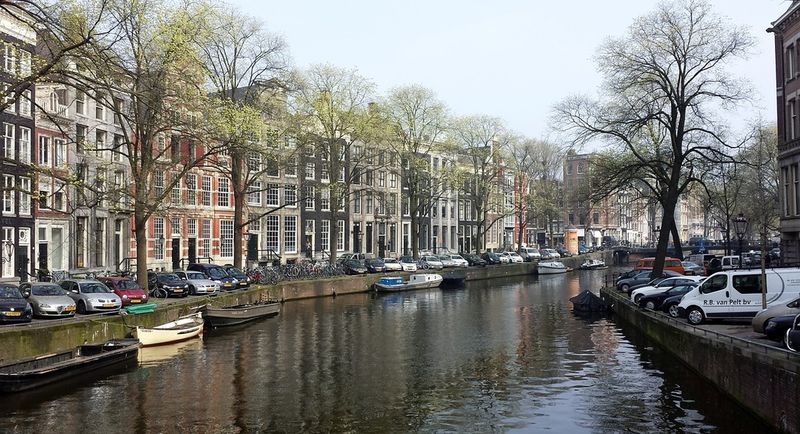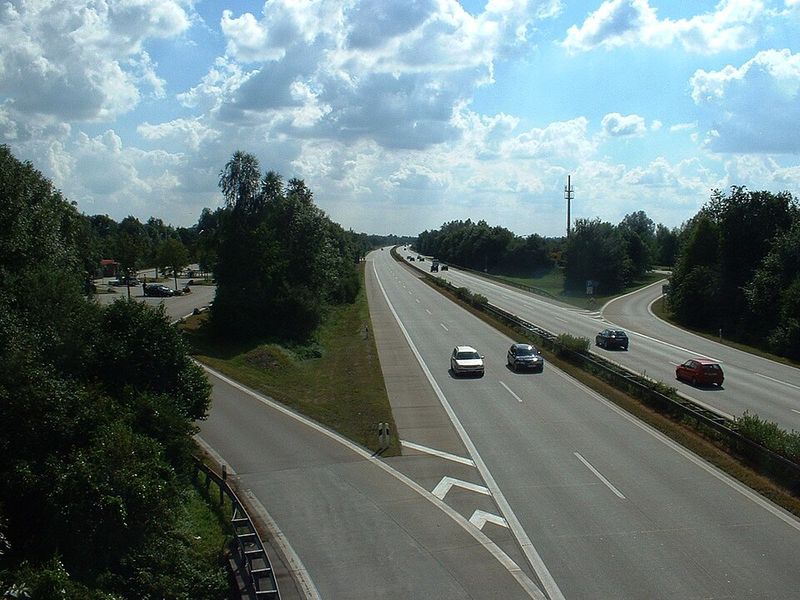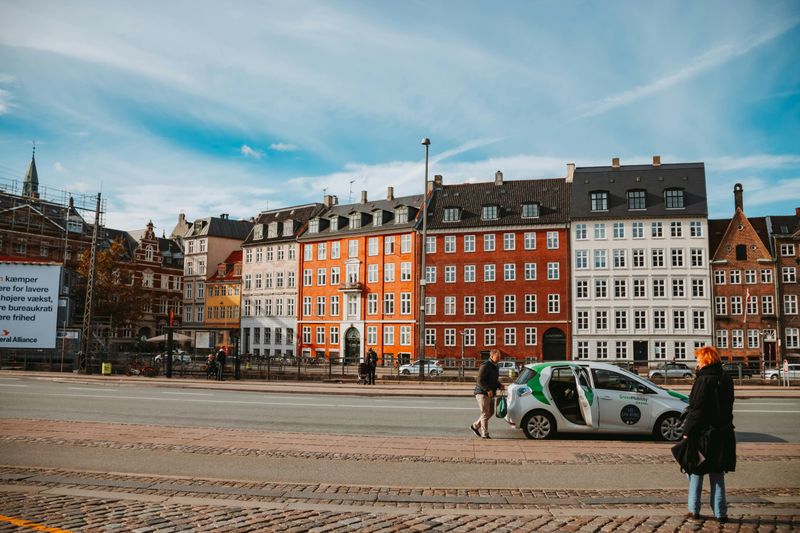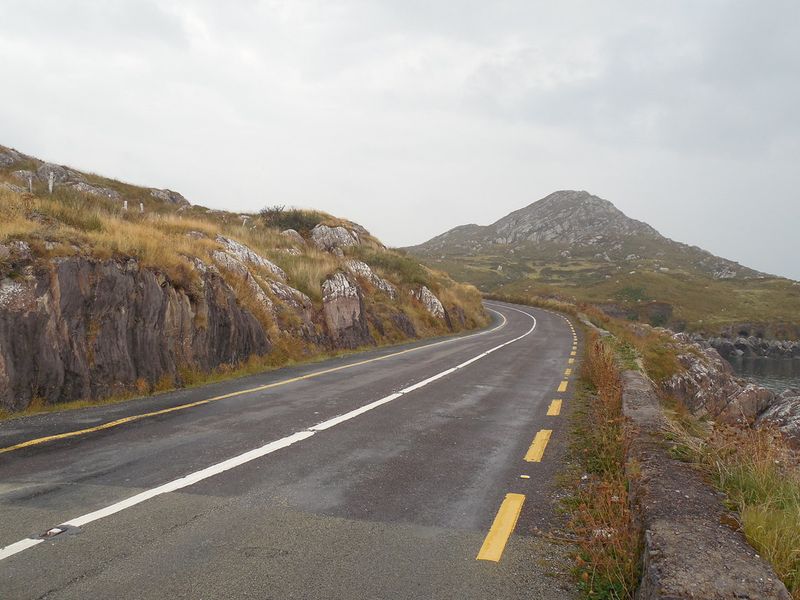When you picture the world’s safest drivers, who comes to mind? Data from global safety indexes and traffic studies reveal surprising winners. From strict enforcement to brilliant infrastructure, certain nations have cracked the code on keeping their roads safe. Ready to discover which countries lead the pack?
Netherlands
Topping the 2025 World’s Best Drivers Index with an impressive score of 84.9 out of 100, the Netherlands proves that smart infrastructure pays off. Compare the Market’s research highlights the country’s remarkably low road death rates per 100,000 people, combined with reasonable speed limits that balance efficiency and safety.
What sets Dutch roads apart is their exceptional quality and thoughtful design. Despite moderate congestion in urban areas, drivers navigate smoothly thanks to clear signage and well-maintained surfaces. Strong enforcement of traffic laws keeps everyone accountable.
Dutch driving culture emphasizes collective safety over individual speed. From rigorous driver education programs to a nationwide respect for cyclists and pedestrians, the Netherlands demonstrates how society-wide commitment creates safer journeys for everyone on the road.
Norway
Imagine roads so safe that only 1.5 people per 100,000 lose their lives in traffic accidents. Norway achieves this remarkable feat through a combination of strict laws and unwavering compliance. Zutobi’s analysis crowned Norway number one for the world’s safest roads, and the numbers speak volumes.
Norwegian authorities maintain extremely low blood alcohol limits, leaving zero room for impaired driving. Enforcement isn’t just tough—it’s consistent and fair. Drivers know the rules and follow them, creating a culture where safety becomes second nature.
Excellent road conditions, even in challenging mountain terrain, further support Norway’s stellar record. Regular maintenance, advanced warning systems, and winter-ready infrastructure mean drivers face fewer surprises. Norwegian roads prove that geography doesn’t have to be destiny when commitment meets investment.
Iceland
With a death rate of approximately 2.4 per 100,000, Iceland punches well above its weight in driver safety. Zutobi ranked this island nation second or third globally, an impressive achievement for a country where weather can turn treacherous in minutes. Size doesn’t determine safety—commitment does.
Iceland’s small population means everyone shares responsibility for road safety. Drivers understand that reckless behavior affects their entire community. This cultural mindfulness translates into cautious driving, especially during winter months when conditions demand extra attention.
Weather challenges actually strengthen Iceland’s safety culture rather than weaken it. Drivers learn to respect nature’s power and adjust their behavior accordingly. Combined with well-maintained roads and clear safety messaging, Iceland shows how environmental challenges can foster rather than hinder safe driving habits.
Sweden
Vision Zero isn’t just a catchy slogan in Sweden—it’s a national commitment to eliminate all traffic fatalities. Multiple international sources recognize Sweden as a top performer, with death rates hovering around 3.1 per 100,000. This Nordic nation treats every traffic death as preventable, not inevitable.
Swedish regulations reflect this philosophy through comprehensive safety standards. From vehicle requirements to road design, every element considers human error and builds in forgiveness. Roundabouts replace dangerous intersections, and median barriers separate opposing traffic flows.
Societal norms reinforce what laws establish. Swedish drivers genuinely believe in collective safety responsibility, making defensive driving the default rather than the exception. Driver education emphasizes empathy and awareness, creating generations of motorists who prioritize everyone’s wellbeing over personal convenience or speed.
Japan
Discipline defines Japanese driving culture. With a death rate of just 2.7 per 100,000 and an astounding 98% seat-belt usage rate, Japan demonstrates how cultural values shape road safety outcomes. Zutobi’s research places Japan near the top of global rankings, and anyone who’s experienced Japanese roads understands why.
Obtaining a driver’s license in Japan requires significant time, effort, and expense. Rigorous testing ensures only well-prepared drivers earn the privilege. This high barrier to entry creates a population of skilled, knowledgeable motorists who take their responsibilities seriously.
Road maintenance reaches near-perfection in many areas, with repairs happening swiftly and efficiently. Traffic laws receive consistent enforcement, yet most drivers comply voluntarily. Respect for rules and consideration for others aren’t just traffic behaviors—they’re cultural values that naturally extend to driving.
Switzerland
Navigating Switzerland’s mountainous terrain safely requires exceptional standards, and the Swiss deliver. Death rates sit at approximately 2.2 per 100,000, remarkable given the challenging geography. Steep grades, sharp curves, and elevation changes would challenge any driver, yet Swiss roads remain among the world’s safest.
Vehicle safety standards in Switzerland rank among the strictest globally. Regular inspections catch problems before they become dangers, and enforcement ensures compliance isn’t optional. Drivers know their vehicles must meet high standards, creating accountability throughout the ownership experience.
Robust enforcement extends beyond vehicle checks to driver behavior. Speed cameras, police patrols, and hefty fines discourage risky choices. Combined with excellent driver training and public awareness campaigns, Switzerland proves that even difficult terrain becomes manageable when society prioritizes safety comprehensively.
Germany
Germany’s famous Autobahn sections without speed limits might seem contradictory to safety, yet data tells a different story. Fatality rates on controlled-access highways remain relatively low, thanks to rigorous safety systems. Multiple rankings recognize German drivers as among the world’s safest, defying stereotypes about high-speed driving.
Rigorous vehicle inspections form the foundation of German road safety. The TÜV inspection system catches mechanical problems early, ensuring vehicles remain roadworthy. Poor maintenance isn’t just irresponsible—it’s illegal and enforced.
Driver training in Germany emphasizes skill development over minimum competency. Extensive theoretical and practical education prepares drivers for diverse conditions, including high-speed travel. Infrastructure quality supports safe driving through excellent design, clear signage, and regular maintenance. Germany shows that speed and safety can coexist when everything else is done right.
Finland
Winter driving challenges would defeat many nations, but Finland embraces them. Death rates around 3.9 per 100,000 place Finland among global safety leaders despite brutal seasonal conditions. Finnish drivers don’t just tolerate winter—they master it through preparation and skill.
Licensing standards reflect Finland’s climate reality. Drivers must demonstrate winter-driving competence, including handling skids on slippery surfaces. Training facilities feature special tracks where learners practice dangerous situations safely. Everyone earns their license by proving winter readiness.
Vehicle safety standards mandate appropriate equipment for conditions. Winter tires aren’t suggestions—they’re requirements enforced by law and social expectation. Road maintenance continues year-round, with snow removal and ice treatment happening promptly. Finland demonstrates that harsh conditions demand higher standards, not lower expectations, for truly safe driving.
Denmark
Sharing roads with countless cyclists teaches Danish drivers patience and awareness. With death rates around 3.7 per 100,000, Denmark balances multiple transportation modes successfully. Safe-roads lists consistently feature Denmark, recognizing how pedestrian and cyclist-friendly infrastructure benefits everyone.
Danish urban planning prioritizes vulnerable road users through separated bike lanes and pedestrian zones. Drivers learn to watch for cyclists and pedestrians constantly, developing heightened awareness that prevents accidents. Infrastructure design reduces conflicts between different road users.
Public awareness campaigns reinforce traffic safety norms from childhood onward. Danes grow up understanding road safety as a shared responsibility, whether they’re walking, cycling, or driving. This cultural foundation, combined with good infrastructure and reasonable enforcement, creates an environment where different transportation modes coexist safely and efficiently.
Ireland
Ireland’s inclusion among the lowest road-traffic-death countries surprises some, but the data confirms it. With approximately 3.1 deaths per 100,000, Irish roads perform better than many wealthier nations. Regional variations exist, as with any country, yet overall trends show genuine progress toward safer driving.
Irish road improvements over recent decades have transformed safety outcomes. Investment in infrastructure, from wider lanes to better signage, reduces accident risks. Rural roads receive attention alongside urban areas, acknowledging that safety matters everywhere.
Enforcement campaigns targeting speeding, drunk driving, and seat-belt usage have changed driver behavior. Penalties carry real consequences, and public attitudes have shifted toward viewing reckless driving as socially unacceptable. Ireland proves that determined effort and sustained investment can dramatically improve road safety regardless of starting conditions.














